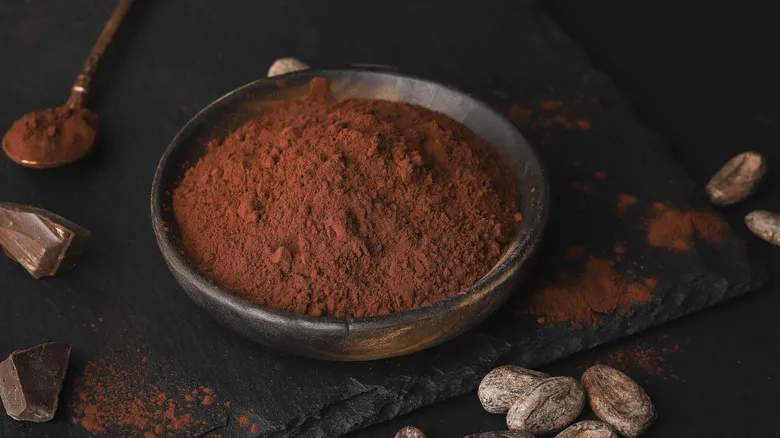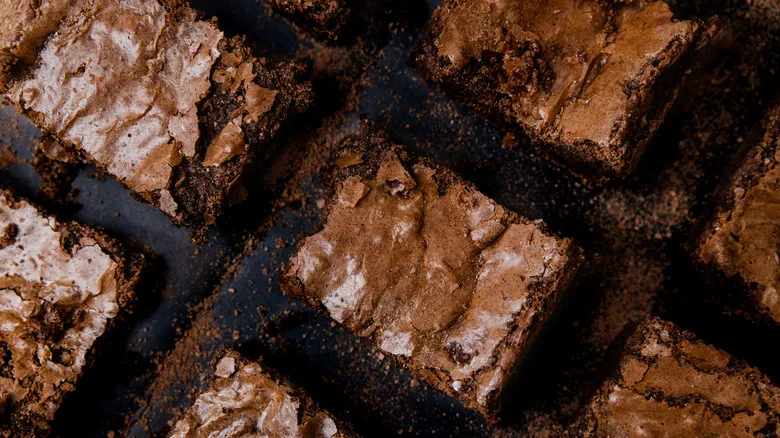Dutch cocoa powder is less acidic

It may be beneficial to briefly outline the process of making cocoa powder. When cacao beans are collected, they undergo fermentation and are then processed into cacao nibs. These nibs are divided into cocoa butter (the fatty component) and cocoa powder (the solid component). Both of these ingredients are essential in various types of chocolate, but white chocolate contains only cocoa butter, which is why it is not considered "real" chocolate.
During this production process, manufacturers may opt to wash the cocoa powder with an alkaline solution, a technique known as the Dutch method. This method is named after Coenraad Johannes Van Houten, the chemist who developed it in 1828, leading to the creation of modern hot chocolate. The alkali used is typically a basic compound such as potassium carbonate or sodium hydroxide, which, while similar to baking soda, is significantly more corrosive. This treatment raises the cocoa's pH from a mildly acidic level of around 5 to a more neutral 7, placing it right in the center of the acidic-basic pH scale. Why go through this process? Dutch cocoa powder has a milder flavor, which is often preferred by chefs and bakers as it does not dominate other flavors as easily.
Substituting natural and Dutch cocoa

Most chocolate recipes that call for "cocoa powder" or "unsweetened cocoa powder" can be made with either natural or Dutch cocoa, allowing you to choose between a bolder, natural flavor or a smoother, milder one. However, there is a key distinction based on baking science: recipes that use baking soda must use natural cocoa powder, while those that use baking powder should use Dutch cocoa powder. This is because baking soda is a base that requires acidic ingredients to activate, which only natural cocoa provides. In contrast, baking powder contains both acids and bases, making the neutral Dutch cocoa a better fit.
Different chocolate brands offer variations in natural and Dutch cocoa. Ghirardelli primarily sells natural cocoa powder, promoting its ability to impart rich and intense flavors to baked goods. Hershey's offers both a natural unsweetened cocoa powder and a "special dark" powder, which is a blend of natural and Dutch. Dutch-process cocoa is commonly found in hot chocolate mixes, which tend to be rich in texture but milder in flavor, while a luxurious chocolate fudge cake may benefit from the use of natural cocoa. Just be sure to check the recipe for the type of baking powder used.
Recommended

What To Keep In Mind When Substituting Sour Cream In Baking

To Fully Enjoy Sweetened Condensed Milk, Just Grab Toast

The Easiest Way To Upgrade Boxed Cake Mix

The Crucial Rule You Should Follow To Avoid Over-Baking Brownies
Next up

